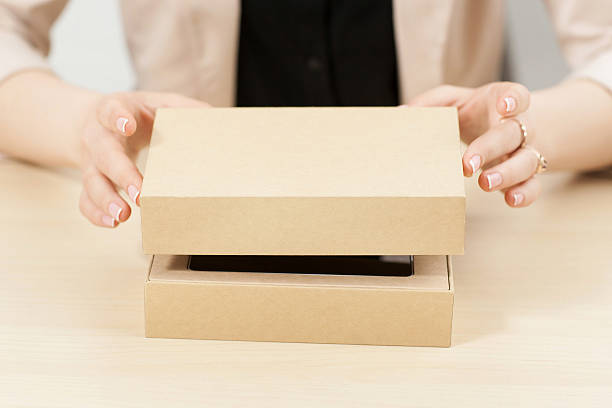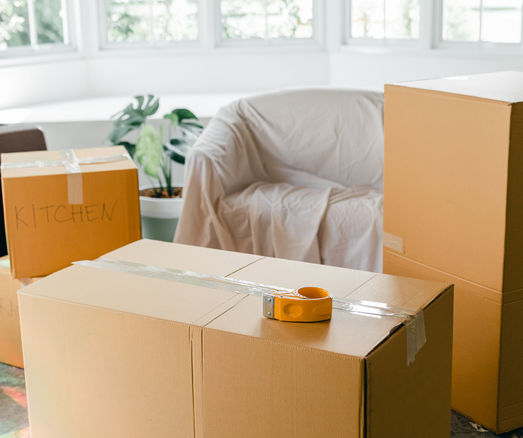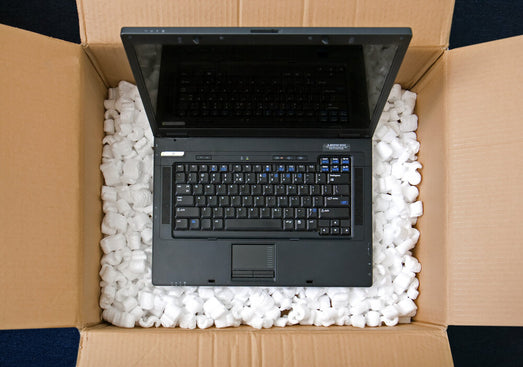Protective packaging is crucial for ensuring the safety of items during transportation, storage, or shipping. There are different types of protective packaging materials available, each offering specific benefits and levels of protection. Understanding the advantages of each type can help you choose the appropriate packaging for different scenarios.

1. Bubble Wrap:
Bubble wrap is a versatile and widely used protective packaging material. It consists of small air-filled bubbles trapped between 2 layers of plastic film. Bubble wrap offers several benefits, including: - Shock Absorption: The air-filled bubbles cushion items against impact, absorbing shocks and vibrations during handling or transport.
- Versatility: Bubble wrap is suitable for a wide range of items, from fragile glassware to electronics and artwork.
- Waterproof and Dirt Proof: The plastic film protects against moisture and dirt, keeping items clean and dry.
2. Packing Tissue Paper:
Tissue paper is a lightweight and flexible protective material made from thin, soft paper. It is particularly useful for delicate or smaller items. Some benefits of packing tissue paper include:- Softness: Tissue paper provides a gentle cushioning layer that prevents scratching and scuffing on delicate surfaces.
- Flexibility: Its pliability allows it to conform to the shape of items and fill gaps in packaging.
- Cost-Effective: Tissue paper is affordable and ideal for wrapping individual items or interleaving layers within boxes.
3. Strong Double-Walled Cardboard Boxes:
Cardboard boxes with double walls offer superior strength and durability compared to single-walled boxes. They are ideal for heavier or bulkier items. Key benefits of using double-walled boxes include:- Sturdiness: Double walls provide added protection against crushing or impact during handling and transit.
- Security: They are less likely to collapse or tear, ensuring the integrity of the contents.
- Versatility: Available in various sizes and strengths, suitable for a wide range of items.
Optimizing Protection:
For comprehensive protection, it's recommended to combine different types of protective packaging:- Layering: Start with a base layer of bubble wrap at the bottom of the box to absorb impact.
- Wrapping: Wrap fragile items individually with bubble wrap or tissue paper to prevent breakage.
- Filling Gaps: Use tissue paper or additional bubble wrap to fill empty spaces within boxes, securing items in place.
- Choosing the Right Box: Select a sturdy double-walled cardboard box that comfortably accommodates the packed items without excessive room.
Conclusion:
Protective packaging is essential for preventing damage to items during transit, storage, or shipping. By utilizing a combination of bubble wrap, packing tissue paper, and strong cardboard boxes, you can ensure that your belongings are well-protected against shocks, vibrations, and other potential hazards. Each type of packaging material offers unique benefits that contribute to the overall safety and security of your items. Tailor your packaging strategy based on the specific needs of the items being transported or stored to achieve optimal protection and peace of mind.





